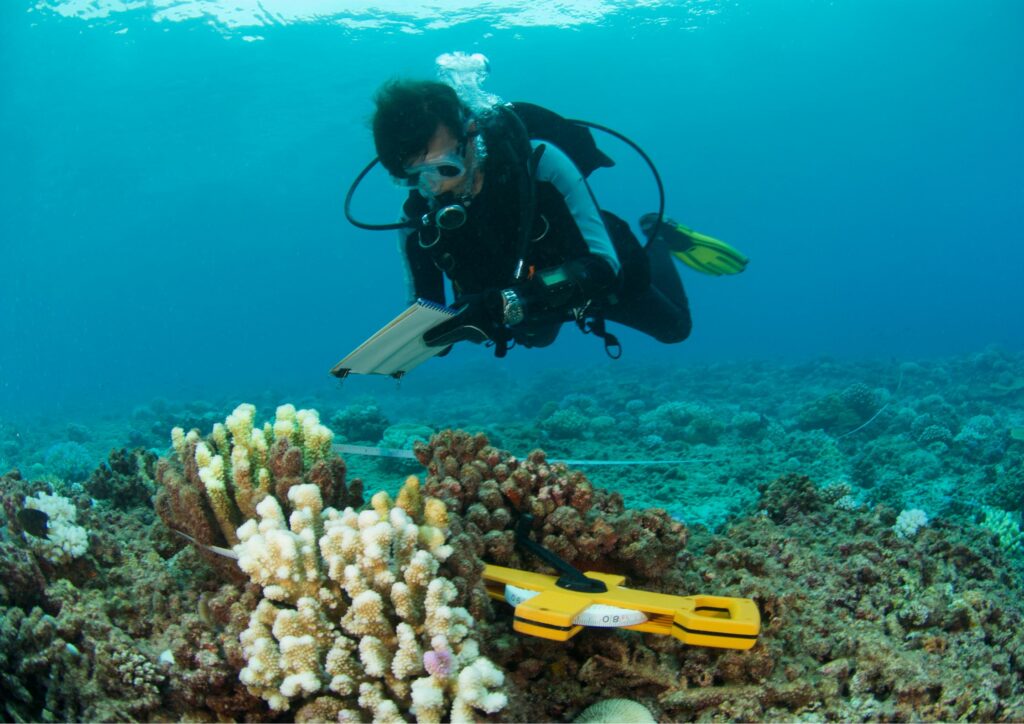In this blog post, we’ll delve into the world of wave direction, compass navigation, sea currents, and sand ripple patterns, and explore how mastering these elements can take your diving experience to the next level. As scuba divers, we’ve all been there – stuck in a current, struggling to get back to the boat, or worse, losing our dive buddy in the vast expanse of the ocean wave direction. Timing is everything when it comes to diving, but what exactly does that mean?
Understanding Wave Direction
Wave direction is a crucial factor in any dive operation. Knowing which way the waves are breaking can make all the difference between a safe and enjoyable dive, or a chaotic and potentially hazardous one. For those familiar with scuba diving, it’s common knowledge that waves can be unpredictable, especially when you’re diving in areas prone to strong currents. However, by paying attention to wave direction, you can anticipate and prepare for any changes in the ocean’s mood. This is particularly important when navigating through narrow channels or near pinnacles, where strong currents can quickly turn a relaxing dive into a thrilling adventure.
Compass Navigation: A Dive into Orientation
As scuba divers, we’re often asked to navigate through unfamiliar waters without the aid of GPS. While it may seem daunting at first, compass navigation is an essential skill for any diver. By understanding how to use a compass effectively, you can maintain your bearings and stay on track even when the sea floor disappears beneath your feet. In this section, we’ll explore the basics of compass navigation, from choosing the right compass to reading and interpreting the information it provides.
Sea Currents: Riding the Tides
Sea currents are an integral part of any oceanic ecosystem. These powerful forces can shape coastlines, create whirlpools, and even affect global weather patterns. As scuba divers, we must be aware of these currents to ensure a safe and enjoyable dive experience. In this section, we’ll explore the different types of sea currents, from tidal currents to oceanic gyres, and discuss how to recognize and adapt to their presence during your dives.
Sand Ripple Patterns: Reading the Ocean’s Story
Sand ripple patterns are a fascinating aspect of oceanography that can reveal valuable information about the underwater world. By studying these ripples, you can gain insights into ocean currents, wave direction, and even sea floor topography. In this section, we’ll explore the basics of sand ripple formation and interpretation, from identifying different types of ripples to using them as a guide for your dives.
Practical Tips for Mastering Timing
While understanding wave direction, compass navigation, sea currents, and sand ripple patterns is crucial for any scuba diver, it’s not enough on its own. To truly master the art of timing, you need to combine these elements with practical diving skills and knowledge. In this section, we’ll provide some valuable tips for incorporating these factors into your dive planning and execution, from monitoring wave direction to using compass bearings to guide your route.
Conclusion: The Art of Timing

In conclusion, mastering the art of timing is a vital aspect of scuba diving. By understanding wave direction, compass navigation, sea currents, and sand ripple patterns, you can create a comprehensive plan for your dives that takes into account the ever-changing ocean environment. Whether you’re a seasoned pro or just starting out, incorporating these elements into your dive planning will take your experience to new heights.
Take Your Diving Experience to New Heights in Bali Diving
In this blog post, we’ve explored the importance of timing in scuba diving. By mastering wave direction, compass navigation, sea currents, and sand ripple patterns, you can ensure a safe and enjoyable dive experience that takes into account the ever-changing ocean environment in Bali Diving. Whether you’re looking to improve your skills or simply want to experience the thrill of exploring the underwater world, we invite you to join us on this journey and discover the art of timing for yourself.

I’m really impressed by this blog post! As a scuba diver, I can attest that understanding wave direction, compass navigation, and sea currents is crucial for a safe and enjoyable dive. The article provides valuable insights and practical tips that any diver can apply to their dives.
Hi Wendy, thank you for your kind words about our blog post! We’re thrilled to hear that it has been helpful to you as a scuba diver. Mastering wave direction, compass navigation, and sea currents is indeed essential for a safe and enjoyable dive. At Gill Divers, we strive to provide our divers with the knowledge and skills they need to navigate the ocean’s unpredictable moods. If you have any further questions or would like to learn more about our diving courses and services, please don’t hesitate to contact us at Tel: +65 6734 9373 or Email: [email protected]. We’d be happy to hear from you!
I’ve been diving for years, but I still learned something new from this post! The section on sand ripple patterns was particularly interesting to me. It’s amazing how much information you can gather just by looking at the sand
Hi Ammar, thank you for sharing your experience and thoughts on the post! We’re thrilled to hear that you found something new and interesting. Sand ripple patterns are indeed a fascinating topic, and we’re glad you enjoyed learning more about it. As scuba divers, we’re always looking for ways to improve our skills and knowledge, and exploring new topics like this can be really valuable. If you have any questions or would like to learn more about sand ripple patterns or any other diving-related topics, please don’t hesitate to reach out to us at [email protected] or call us at +65 6734 9373. We’d be happy to help! Have a great dive!
I’m a beginner diver and I found this post really helpful. It’s great to see so many practical tips and advice for improving my skills. I’ll definitely be incorporating some of these techniques into my next dive
Dear Fatima, we’re thrilled to hear that you found our blog post helpful! As a beginner diver, it’s great that you’re taking the time to improve your skills and incorporate new techniques into your dives. Remember to always prioritize safety and practice makes perfect. If you have any more questions or concerns, don’t hesitate to reach out to us at +65 6734 9373 or [email protected]. We’re always here to help. Good luck with your next dive, and we hope to see you underwater soon!